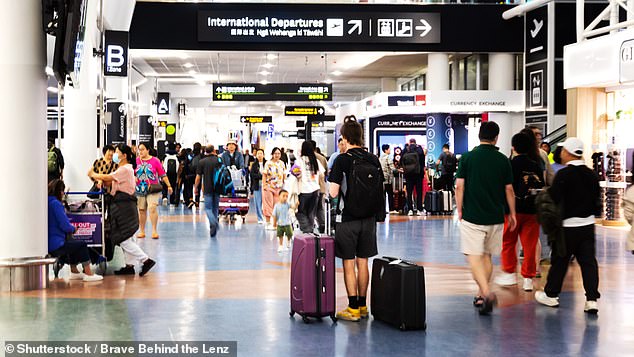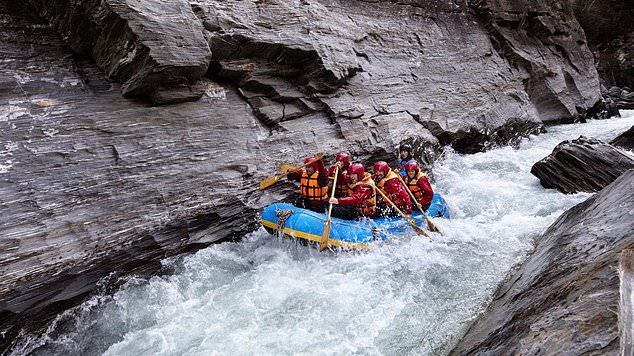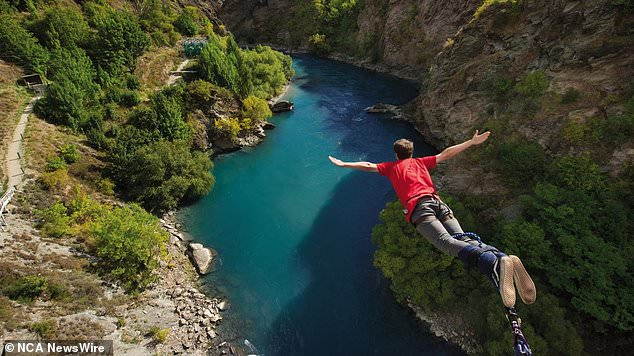Setting foot in Aotearoa New Zealand has become even more expensive for tourists as the government has increased the tourist tax.
The tourism minister says infrastructure maintenance and paying to preserve the country’s vast conservation areas are the reasons for the price increase.
The tax will triple to NZ$100 (A$92) from 1 October, but does not apply to citizens of New Zealand or Australia, or to citizens of many Pacific island nations.
Tour groups are concerned that the increase will deter travelers.
But the Tourism Minister says a $100 tax would represent about 3 percent of what the average international tourist spends in New Zealand, and an increase in the rate would be in line with Australia and the UK.
“Increasing the (tax) means we can continue to grow international tourism to support economic growth while ensuring international visitors contribute to high-value conservation areas and projects,” Tourism Minister Matt Doocey said on Tuesday.
“For example, by supporting biodiversity in national parks and other highly visited areas and by improving visitor experiences on public conservation lands,” Doocey said.
New Zealand’s Department of Conservation oversees about 30 percent of the country’s land, designated as protected areas under a variety of titles, including national parks, game areas and conservation areas.
The tourist tax does not apply to Australian passport holders. Pictured, a tourist is skydiving in New Zealand.

The new tax, which will come into effect on 1 October, is NZ$100, or AU$92 (pictured: Auckland Airport).
The government introduced the NZ$35 tax in 2019. In a consultation on the increase, 93 percent of more than 1,000 respondents supported raising the rate.
The current fee raises about NZ$80 million each year, while New Zealand taxpayers pay about NZ$884 million a year for tourism and conservation, Conservation Minister Tama Potaka said.
In the last financial year, the number of arrivals from Australia to New Zealand increased to 1.2 million.
An analysis by New Zealand’s tourism department shows Australians spend around $3 billion each year in Aotearoa.
Around 39 per cent of Australian visitors travel on holiday and 42 per cent visit friends and family.
More than half, 58 per cent, fly direct to the South Island, with more Australians landing in Queenstown (43 per cent) than Auckland (38 per cent).
The head of the New Zealand Airports Association said the increase “cemented New Zealand as one of the most expensive countries in the world to holiday in today”.
“The levy increase, increased visa fees and proposed new charges for regional airports have delivered a triple whammy to our industry, which is trying to work hard to get New Zealand back on its feet,” said Airports New Zealand chief executive Billie Moore.
New Zealand’s economy entered a recession as a result of the Covid-19 pandemic, something the Australian economy managed to avoid.

The government is betting that the tax increase will not deter tourists from visiting the site. Photo: supplied
The recession in New Zealand technically ended in June this year. In addition to the pandemic affecting the country’s key tourism sector, fuel and labor costs affected the country’s most important industry, agriculture.
The Reserve Bank of New Zealand raised interest rates to a 14-year high of 5.5 percent, before finally making a cut at its most recent meeting in August.

